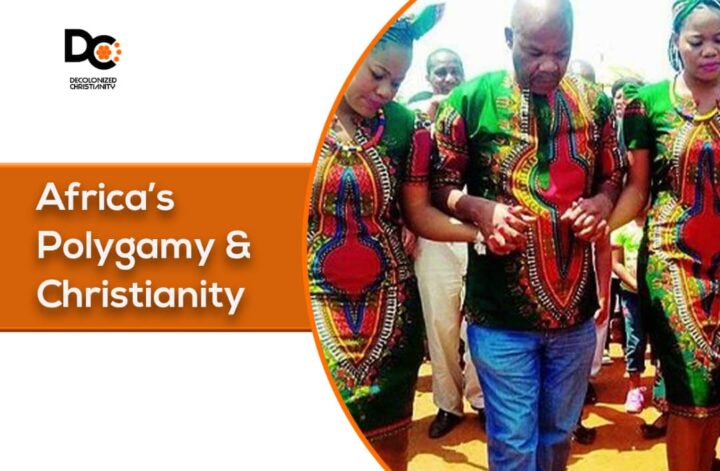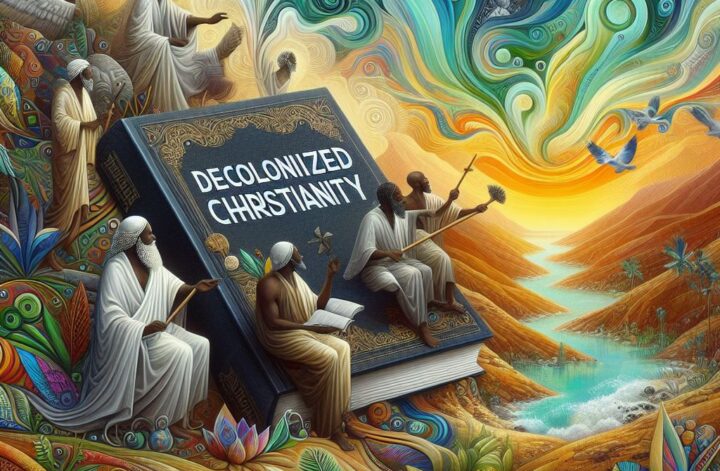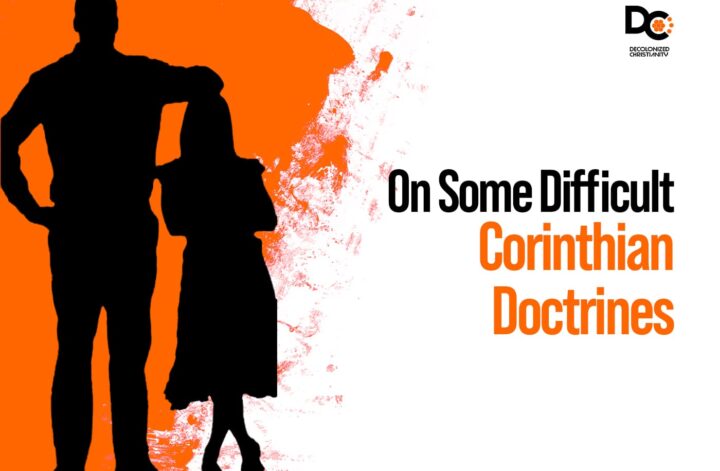“Our thinking has been so influenced by western theologians that we still continue to beat the old missionary drums which summon us to see that our cultural heritage is incompatible with Christianity.” — Rev. David Gitari, Kenyan Anglican Archbishop
A man cannot give what he does not have. We could add to this by borrowing from a Yoruba saying that he who has not been to another’s farm may erroneously assume that his father’s farm is the grandest. These maxims seem to be fair descriptions of the European missionaries who attempted to tackle polygamy in the continent. Coming from a culture where men had multiple unmarried mistresses, the European missionaries were ill-prepared to deal with Africa’s ubiquitous form of marriage: polygyny. Polygyny is a type of polygamy in which a man has more than one wife, and this was a quite common form of marriage in Africa before and after European encounters. Unsurprisingly, white missionaries assumed the worst about the polygyny they saw in Africa.
As Douglas Falen writes, European missionaries “struggled with establishing the notions of romantic love and individualism in the face of what they perceived as the unromantic, duty-oriented style of African marriage” (52). Perhaps from a noble heart, they also particularly deemed polygyny as devaluing African women. Indeed, they judged that African men often used their women as pawns in polygynous marriages, as women “were usually the involuntary victims of the custom” (Gitari, 3). Notermans echoes a similar thought when she writes that these missionaries to Africa not only “criticised polygyny as an uncivilised, unchristian, and immoral custom as it violated the universal rule of monogamy”, they also “felt especially sorry for women because they considered them their husbands’ slaves and the powerless victims of an African tradition” (341). Of course, every African has seen a polygynous marriage gone wrong, much like every European has seen a monogamous marriage gone awful, but the European characterization of African women as needing salvation from polygynous marriages is not accurate. As we shall see, African women are often willing participants in polygynous arrangements.
This problem of European Christians struggling to validate polygyny plagues all Europe-derived denominations in Africa, Catholic and Protestants alike. For instance, the Catholic Church yet defers to the resolutions of a 1563 Council at Trent (Gitari, 5) when it had not even encountered sub-Sahara Africa while Protestant denominations continue to propose “damage-control” measures to restrict the spread of polygyny. Curiously, however, denominations native to Africa like the Celestial Church of Christ, which is popular among the Yoruba people of Benin and Nigeria, openly embrace polygyny. This observation by itself suggests that the assumed issue with polygyny is more ethnocentric and racist than it is theological.
The Church Missionary Society (CMS) of the Anglican Communion was among the first to tackle some supposed pastoral problems caused by polygyny in western Nigeria (Gitari, 3). Henry Venn, the Chief Secretary of the CMS in 1856 writes in a document concerning polygyny that it “is unlawful within the Church of Christ even though commenced in ignorance” and that it is “contrary to the Divine institution of marriage” (quoted in Gitari, 3). A common early practical church solution, therefore, was to admit interested women in polygynous marriages into the fold, but not the men. The men were required to banish all their wives but one before they could be accepted into Christian fellowship (Gitari, 3).
It is worth stating, as it is often the case, that there were dissenting European voices like Bishop Colenso who argued against this nefarious practice if requiring men to banish their wives as being “unwarranted by the Scriptures, unsanctioned by Apostolic example or authority, condemned by common reason and sense of right and altogether unjustifiable” (Gitari, 3). Nevertheless, the dissenting voices were unheard, and the practice lingered. What one notices is that even early in the attempts to address Africa’s polygamy, the theological arguments were not decisive. Therefore, Bishop Colenso could boldly say to the Archbishop of Canterbury that the requirement that a polygynous African man should banish his wives but one is “unwarranted by the Scriptures.” Indeed, as I shall argue shortly, the Scriptures emphatically do not forbid polygyny. The European assumption to the contrary betrays ethnocentrism masquerading as a Christian ideal.
Later, some Europeans somehow managed to recognize that native South African polygamous marriage actually “constitutes both a real bond and a real responsibility by custom and morals” (Gitari, 4). They recognized that this marriage arrangement is not quite like the one common in Europe where a man was more committed to his wife than he was to his mistresses. This recognition led to the easing of the fellowship requirements for polygamous African men. They no longer had to banish their wives. Instead, they had to wait for all the wives but one to die before they could be baptized (Gitari, 3). Of course, this new ruling required that the men could not take new wives. This stipulation, as a general rule, has changed little across Africa today. It remains the assumed position that polygyny is unchristian, as evidenced by various churches’ official positions on the matter. But just how unchristian is polygyny? Let us next explore relevant biblical data and interpretations on the issue.
Works Cited
Falen, Douglas J. “Polygyny and Christian Marriage in Africa: The Case of Benin.” African Studies Review, vol. 51, no. 2, 2008, pp. 51–74. JSTOR, www.jstor.org/stable/27667340. Accessed 20 Mar. 2021.
Gitari, David. “THE CHURCH AND POLYGAMY.” Transformation, vol. 1, no. 1, 1984, pp. 3–10. JSTOR, www.jstor.org/stable/43052879. Accessed 20 Mar. 2021.
Notermans, Catrien. “True Christianity without Dialogue. Women and the Polygyny Debate in Cameroon.” Anthropos, vol. 97, no. 2, 2002, pp. 341–353. JSTOR, www.jstor.org/stable/40466036. Accessed 20 Mar. 2021.





1 Comment
Thank you, Elijah for this view. I must say that the subject of this essay is a sensitive one in ‘African-Christianity’. I must admit that I look forward to reading the concluding part of this essay.